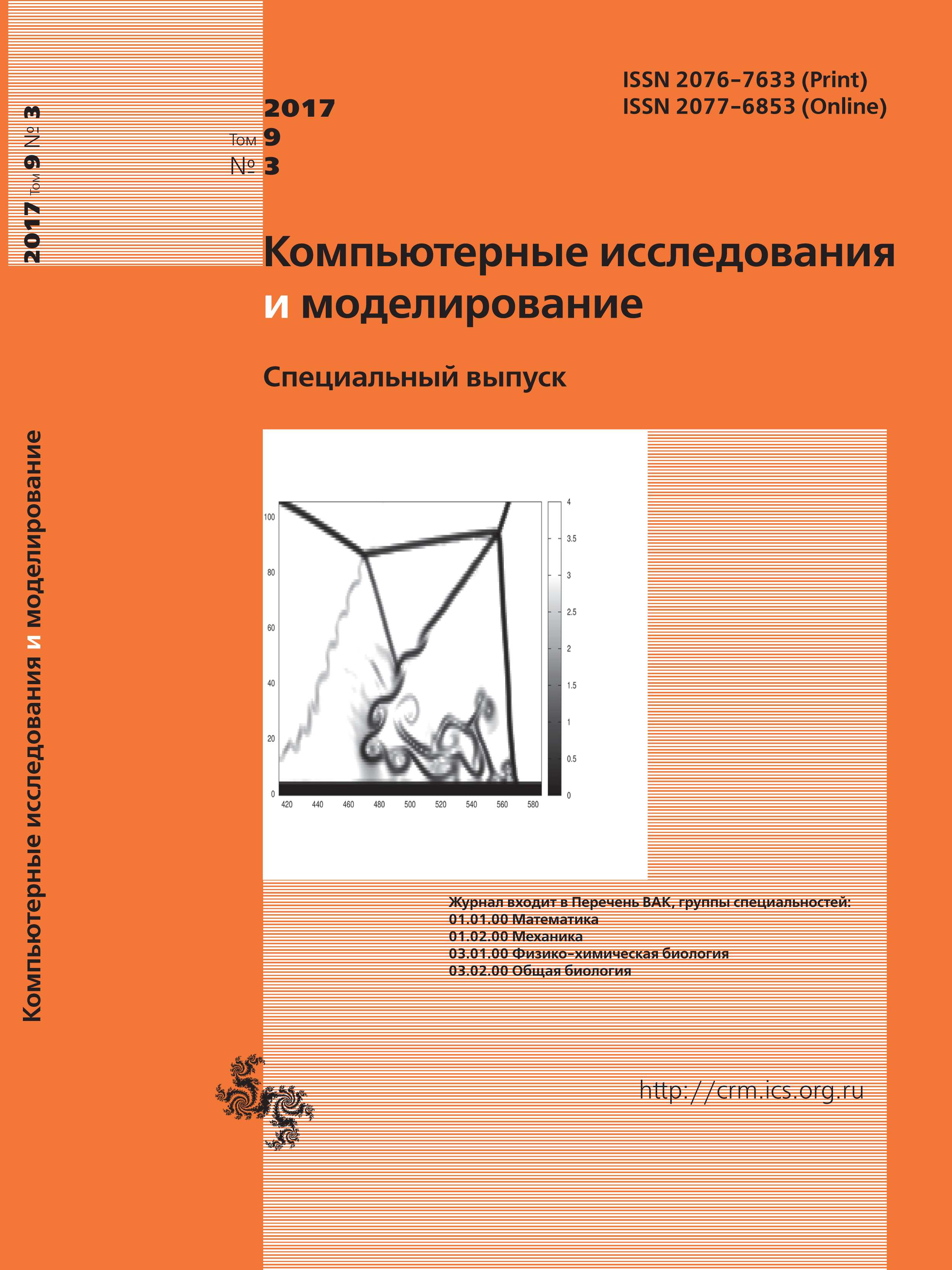All issues
- 2025 Vol. 17
- 2024 Vol. 16
- 2023 Vol. 15
- 2022 Vol. 14
- 2021 Vol. 13
- 2020 Vol. 12
- 2019 Vol. 11
- 2018 Vol. 10
- 2017 Vol. 9
- 2016 Vol. 8
- 2015 Vol. 7
- 2014 Vol. 6
- 2013 Vol. 5
- 2012 Vol. 4
- 2011 Vol. 3
- 2010 Vol. 2
- 2009 Vol. 1
Dynamical theory of information as a basis for natural-constructive approach to modeling a cognitive process
The main statements and inferences of the Dynamic Theory Information (DTI) are considered. It is shown that DTI provides the possibility two reveal two essentially important types of information: objective (unconventional) and subjective (conventional) informtion. There are two ways of obtaining information: reception (perception of an already existing one) and generation (production of new) information. It is shown that the processes of generation and perception of information should proceed in two different subsystems of the same cognitive system. The main points of the Natural-Constructivist Approach to modeling the cognitive process are discussed. It is shown that any neuromorphic approach faces the problem of Explanatory Gap between the “Brain” and the “Mind”, i. e. the gap between objectively measurable information about the ensemble of neurons (“Brain”) and subjective information about the human consciousness (“Mind”). The Natural-Constructive Cognitive Architecture developed within the framework of this approach is discussed. It is a complex block-hierarchical combination of several neuroprocessors. The main constructive feature of this architecture is splitting the whole system into two linked subsystems, by analogy with the hemispheres of the human brain. One of the subsystems is processing the new information, learning, and creativity, i.e. for the generation of information. Another subsystem is responsible for processing already existing information, i.e. reception of information. It is shown that the lowest (zero) level of the hierarchy is represented by processors that should record images of real objects (distributed memory) as a response to sensory signals, which is objective information (and refers to the “Brain”). The next hierarchy levels are represented by processors containing symbols of the recorded images. It is shown that symbols represent subjective (conventional) information created by the system itself and providing its individuality. The highest hierarchy levels containing the symbols of abstract concepts provide the possibility to interpret the concepts of “consciousness”, “sub-consciousness”, “intuition”, referring to the field of “Mind”, in terms of the ensemble of neurons. Thus, DTI provides an opportunity to build a model that allows us to trace how the “Mind” could emerge basing on the “Brain”.
Copyright © 2017 Chernavskaya O.D.
Views (last year): 6.Indexed in Scopus
Full-text version of the journal is also available on the web site of the scientific electronic library eLIBRARY.RU
The journal is included in the Russian Science Citation Index
The journal is included in the RSCI
International Interdisciplinary Conference "Mathematics. Computing. Education"







